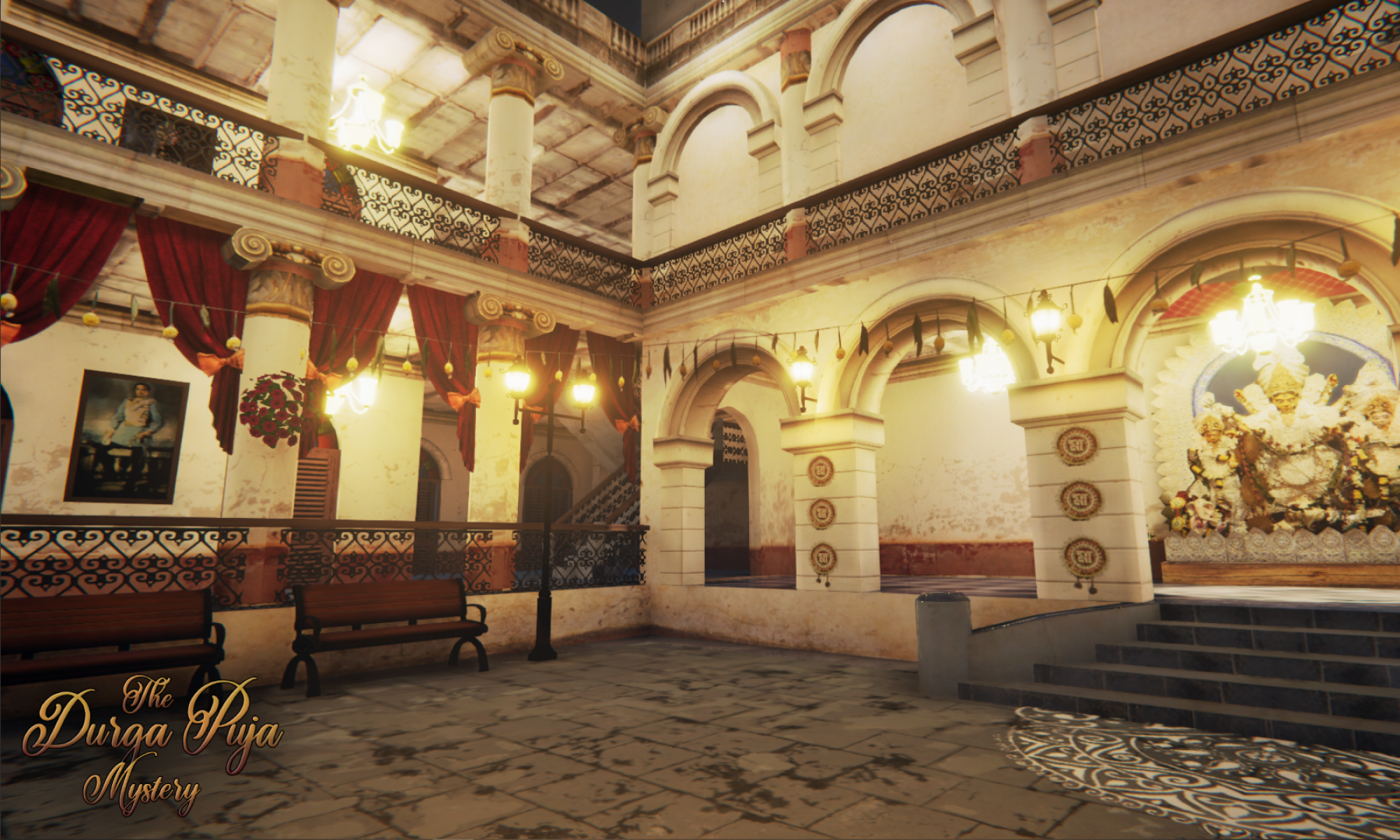Domains of Dasara
Talk by Caleb Simmons
Abstract:
This video examines the activities that take place within the ritual landscape of Mysore’s Dasara, how they demonstrate the multiple identities of the festival, and how those identities are contested and negotiated between the palace and the temple. While not immediately evident to the casual observer, there exists a common practice between the palace, the site of earthly sovereignty, and the temple, the site of metaphysical sovereignty. Through processions, darbars, ayudha puja, jatti kalaga, and banni puja, I highlight the ritual overlap between the royal and goddess domains of Dasara in order to demonstrate the “analogy” between the king and the deity during the festival’s ritual (Simmons 2020, 190; cf. Stein 1984; Dirks 1993, 38–43). By domains of Dasara, I refer to the separate but overlapping ritual apparatuses that take place in the court and in the temple through which divine and royal sovereignty were constituted for the goddess and for the king, respectively.
Bio:
Dr. Caleb Simmons (Ph.D. in Religion, University of Florida) specializes in religion in South Asia, especially Hinduism. His monograph Devotional Sovereignty: Kingship and Religion in India (Oxford University Press, 2020), examines how the late early modern/early colonial court of Mysore reenvisioned notions of kingship, territory, and religion, especially its articulations through devotion. He is currently working on a second monograph Singing the Goddess into Place: Folksongs, Myth, and Situated Knowledge in Mysore, India that examines popular local folksongs that tell the mythology of Mysore’s Chamundeshwari and her consort Nanjundeshwara. He also edited (with Moumita Sen and Hillary Rodrigues) and contributed to Nine Nights of the Goddess: The Navarātri Festival in South Asia (SUNY Press 2018) a collected volume that focuses on various aspects of the important festival of Navaratri.
Please find the talk here.
